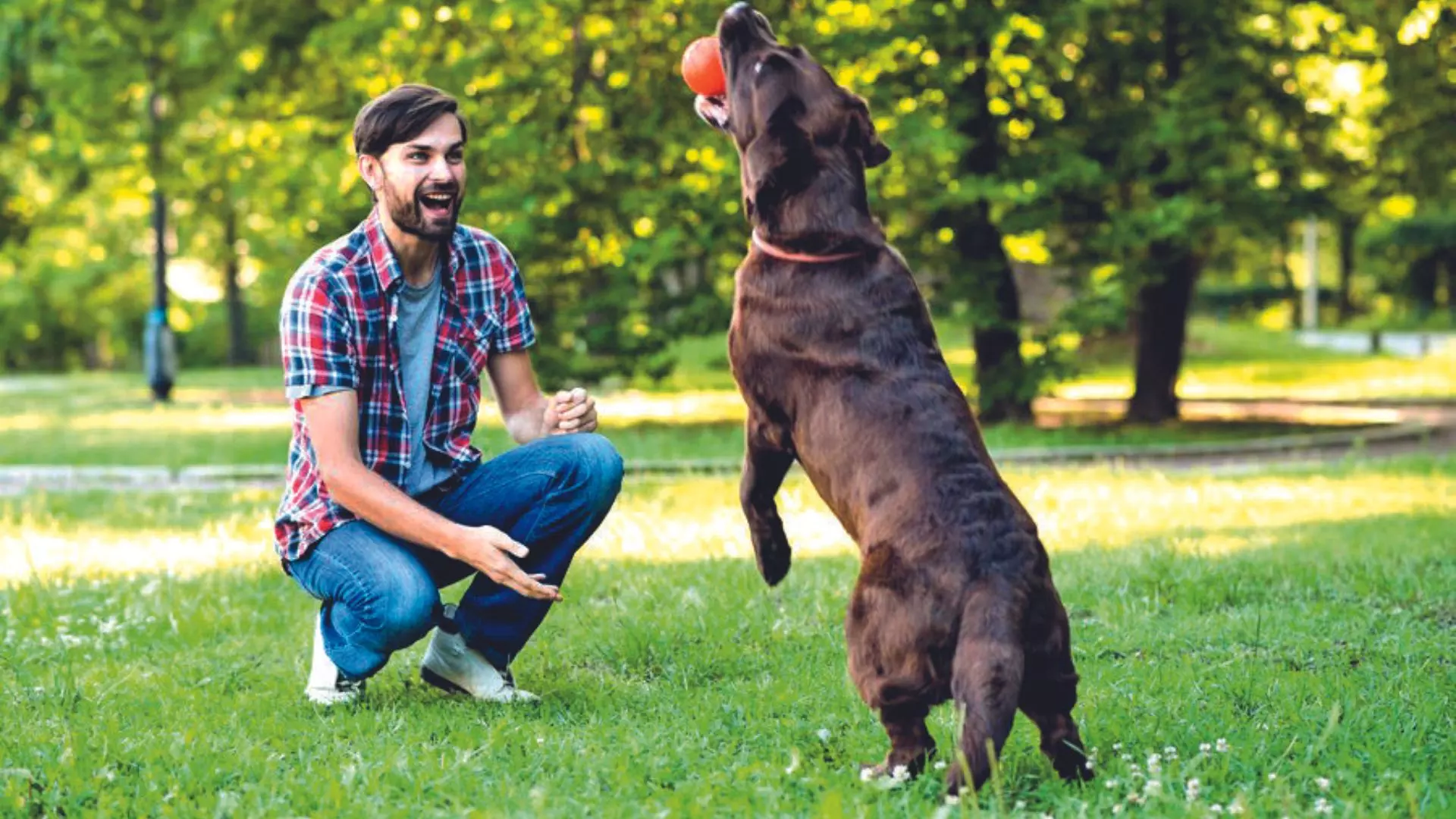Unleashing dog’s Inner athlete

With dog assaults on the rise, experts say aggression in dogs is frequently linked to owner behaviour and a lack of understanding. What might be the reason behind all of these? Are dogs aggressive by nature? Is there a way to get rid of this or will you have to use a cage or a chain to control your dog?
Experts say, there are practical tactics and exercises for reducing your pet’s aggression and cultivating a calmer, more manageable temperament.
Canine fitness is crucial for a dog’s health and well-being. Dogs, like humans, require frequent exercise to maintain a healthy weight, gain muscle strength, and enhance cardiovascular health and reduce tendencies towards aggression.
Avenues to channelise energies
Dog sports in India, such as the Platinum Jubilee Dog Show in Chandigarh and the All India Championship Dog Show in Bengaluru, as well as the introduction of flyball races by Commando Kennels and Progressive Canines, a dog training community in Hyderabad, provide avenues for channelling canine energy and drives.
Training instills discipline & obedience
So, what does sport dog training entail? It is intended for active dogs and owners who want to develop their dog’s body awareness, strength, or flexibility. Trainers focus on training dogs to differentiate between sporting events and daily conditions while remaining calm. They seek to prevent aggressive behaviours from appearing in non-sporting settings, such as everyday life.
“I firmly believe that dog sports are essential for fostering a strong bond between humans and their furry companions. In a country like India, where dogs often serve as guard animals or street companions, engaging them in sports offers not only physical exercise but also mental stimulation and companionship,” says Mantravadi Chandra Shekar, founder of Hyderabad’s Progressive Canines.
Dog sports serve as a platform for dogs to showcase their natural abilities and intelligence. “It’s also about celebrating the potential of each dog, regardless of breed or background. Ours is a country where stray and abandoned dogs are abundant; promoting dog sports encourages adoption and responsible pet ownership. It stresses training and nurturing dogs, highlighting their potential as athletes. Moreover, dog sports promote a sense of community among dog lovers. They bring together people from diverse backgrounds, united by their love for dogs and the thrill of competition. Through events and competitions, we can educate the public about the joys and benefits of having dogs as part of our lives,” says Chandra Shekar.
The Dog-Human Bond
Behind every great competitor in protective sports is a dedicated trainer who understands the nuances of the discipline. The training procedure requires a delicate balance of educating the dog to protect while not becoming overly aggressive. It starts with basic obedience instructions like seat, remain, and recall, then progresses to more complex activities that mimic real-life scenarios. Handlers must always maintain outstanding control over their pets.
In order to make sure their dog feels safe and comfortable throughout training sessions, handlers must read their dog’s body language and cues.
Jasleen Kaur, a veterinarian at All Vet Pet Clinic, says, “Pet ownership is becoming more common, and activities like dog sports serve a dual purpose. First of all, they address the urgent need for dogs to have regular exercise and mental stimulation in urban environments where there is sometimes a shortage of room for unrestricted wandering.”
“Veterinarians and other pet specialists use dog sports as a platform to share important knowledge about diet, wellness, and behaviour modification. In a nation like ours, education is very important,” adds Jasleen.
Passion for discipline knows no bounds
Protection dog sports have gained momentum since their inception in other countries. Referred to as the Protection Sports Association, or PSA, this endeavour demands dedication from dog handlers as they navigate through obedience and protection routines. The competition comprises the ‘obedience’ phase initially and the ‘protection’ phase later on. In levels 1 through 3, obedience is evaluated on a 100-point scale, while protection is scored on a scale of 200 to 240 points, depending on the level being attained.
Pawsitive vibes
J.S. Rama Krishna, pet parent of a golden retriever named Bingo and head of pet food at Growel Group, believes that owners should not place unrealistic expectations on their pets. “Training should not be severe. The dog’s well-being should always come first. While obedience is crucial, sports should be approached as a personal respite, even if they are for dogs. Shouldn’t be so strong. Sports, whether for dogs or humans, should be considered as a personal respite. Even if the dog is simply running about, they should be content and comfortable.”
These activities allow high-drive working breeds to express their energy and intelligence, minimising boredom and behavioural concerns.

